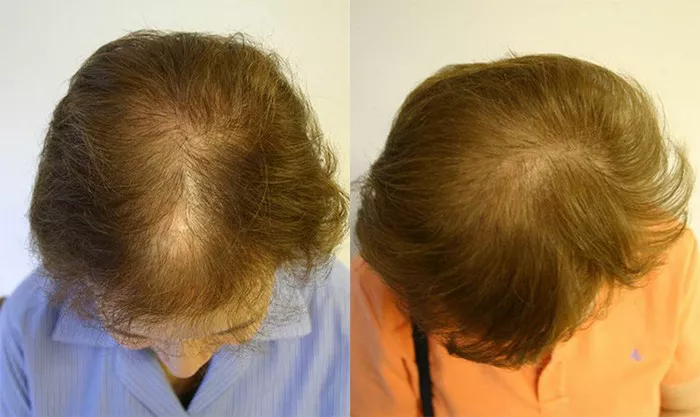Hair loss can be a distressing experience for both men and women. In recent years, hair transplantation has emerged as a popular solution to combat hair loss and restore a full head of hair. However, one common concern among individuals considering a hair transplant is whether the procedure will leave visible scars. In this article, we will explore the various techniques used in hair transplantation and discuss whether they leave scars.
Understanding Hair Transplantation:
Hair transplantation is a surgical procedure that involves moving hair follicles from one part of the body, known as the donor site, to the balding or thinning areas, referred to as the recipient site. The procedure is typically performed under local anesthesia and can take several hours depending on the extent of hair loss and the number of grafts required.
Different Techniques in Hair Transplantation:
There are two primary techniques used in hair transplantation: follicular unit transplantation (FUT) and follicular unit extraction (FUE). Let’s delve into each technique and examine the scarring potential associated with them.
Follicular Unit Transplantation (FUT):
FUT, also known as the strip method, involves removing a strip of scalp from the donor area, typically the back or sides of the head, and dissecting it into individual hair follicles for transplantation. This technique allows for the transplantation of a large number of grafts in a single session.
Scarring with FUT:
Due to the nature of the FUT technique, it does leave a linear scar at the donor site. However, with advancements in surgical techniques and skilled surgeons, the scar can be minimized and made less noticeable. Trichophytic closure is a method often employed during FUT, where the edges of the incision are carefully aligned to enable hair growth through the scar, making it less conspicuous. Additionally, hair growth over time can further camouflage the scar.
Follicular Unit Extraction (FUE):
FUE is a more modern approach to hair transplantation, which involves harvesting individual hair follicles directly from the donor area using a small, punch-like instrument. These follicles are then transplanted into the recipient site. FUE does not require the removal of a strip of scalp like FUT.
Scarring with FUE:
Compared to FUT, FUE is considered a minimally invasive technique that leaves tiny puncture scars scattered across the donor area. These scars are typically small and heal well over time, becoming less visible as the surrounding hair covers them. In some cases, if the FUE procedure involves a large number of grafts, the donor area may appear slightly thinner, but this is generally temporary, and the hair grows back within a few months.
Reducing Scarring:
While both FUT and FUE techniques can leave scars, there are steps that can be taken to minimize their visibility and promote optimal healing.
Choosing a Skilled Surgeon:
Selecting a qualified and experienced hair transplant surgeon is crucial to ensure the best possible outcome. Skilled surgeons are adept at minimizing scarring through precise incision techniques and proper wound closure methods.
Post-Operative Care:
Following post-operative care instructions provided by the surgeon is essential for optimal healing. This may include avoiding strenuous activities, protecting the scalp from sun exposure, and using prescribed medications or topical solutions to promote healing and hair growth.
Camouflaging Techniques:
There are several techniques available to help camouflage any visible scars following a hair transplant. These include utilizing hair styling products, such as concealers or fibers, or undergoing additional procedures like scalp micropigmentation or hair transplant scar revision, if necessary.
Conclusion:
Hair transplantation can be a highly effective solution for hair loss, providing individuals with natural-looking results. While both FUT and FUE techniques may leave scars, advancements in surgical techniques and post-operative care have significantly minimized their visibility. With the right surgeon and proper care, the scars from a hair transplant can be virtually undetectable. It is essential for individuals considering a hair transplant to consult with a qualified surgeon who can provide personalized advice based on their specific needs and expectations.
Related topics:
- How expensive is a hair transplant: A Quick Guide
- Best Hat After Hair Transplant: Protecting Your Scalp
- Does hair transplant really work: What You Need To Know


